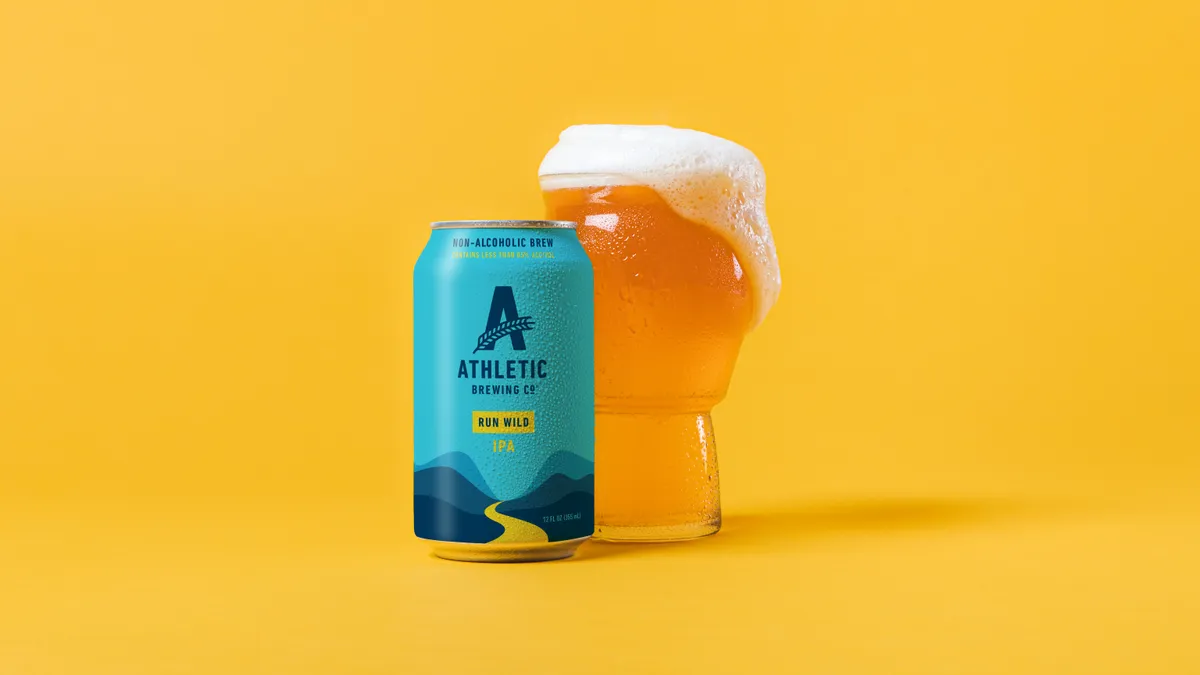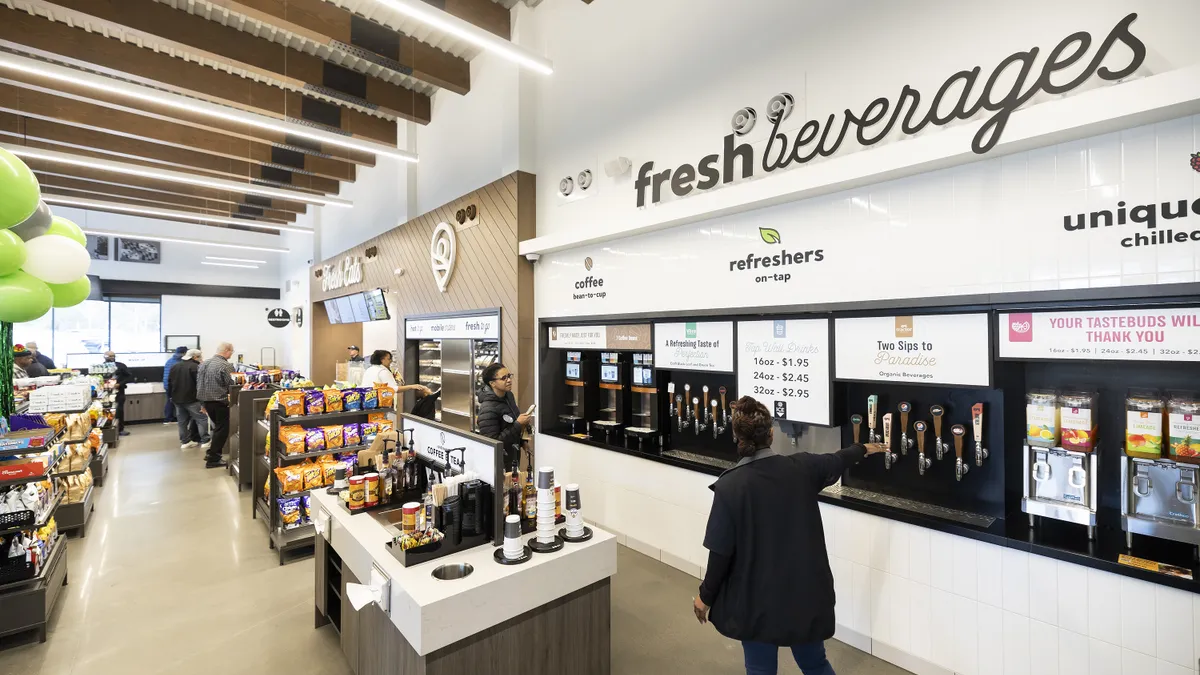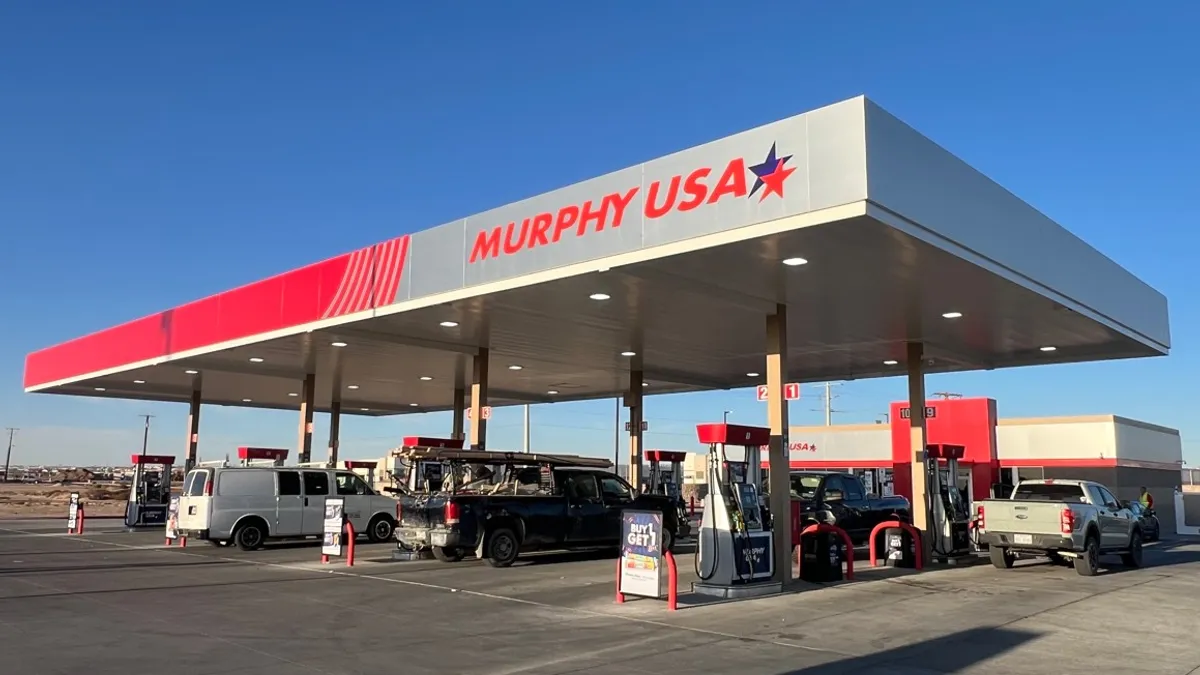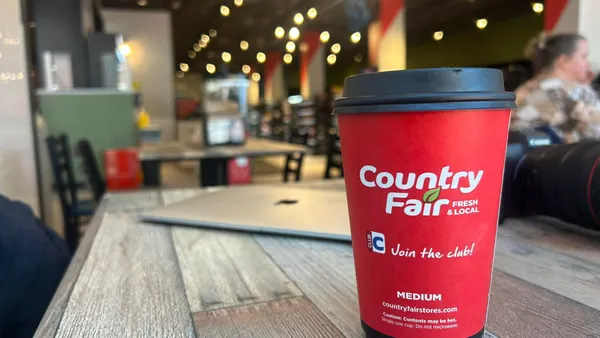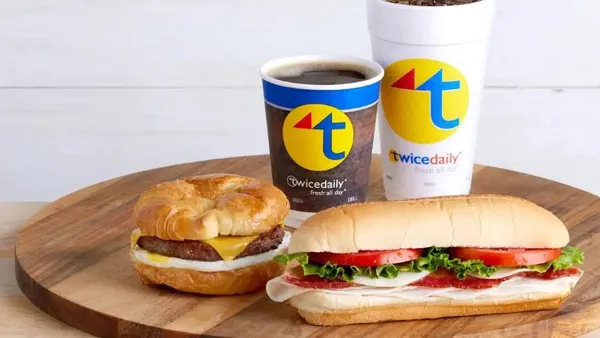While consumers may be drinking less beer, the head of a trade group representing the space says alcohol-free products provide an opportunity for expansion.
Justin Kissinger, the CEO of the World Brewing Alliance, said beer makers are leaning into the nonalcoholic movement to grow their consumer base.
“What that tells me is that brands remain an important part of the consumer aspect of the category,” Kissinger said. “Companies are leveraging these brands to bring growth to the sector and introduce consumers to new styles and varieties.”
He added that the production of nonalcoholic beer could reach 56 million to 58 million liters in the next five years. Alcohol-free brews are projected to be worth $5.5 billion by 2034, increasing at a compound annual growth rate of 7.1%, according to Future Market Insights.
Kissinger pointed to the success of nonalcoholic brews such as Heineken 0.0% and Athletic Brewing’s offerings as a gateway toward getting more people to consume the beverages. Athletic, which was valued at $800 million last year, raised $50 million from investors in its most recent funding round.
“Athletic has been great about bringing a variety of craft styles into the zero alcohol space, which I think creates a permission slip for the broader craft brew movement to start putting out those products,” Kissinger said. “It brings people into occasions where maybe before they would have been excluded.”
The World Brewing Alliance’s member companies include AB InBev, Molson Coors, Heineken and Carlsberg. Kissinger said executives at these and other companies are focused on expanding the occasions they serve.
“That comes from a place of providing consumers with options that keep them in the beer category and don’t force them to make choices one way or another based on the time or place that they’re in,” he said.
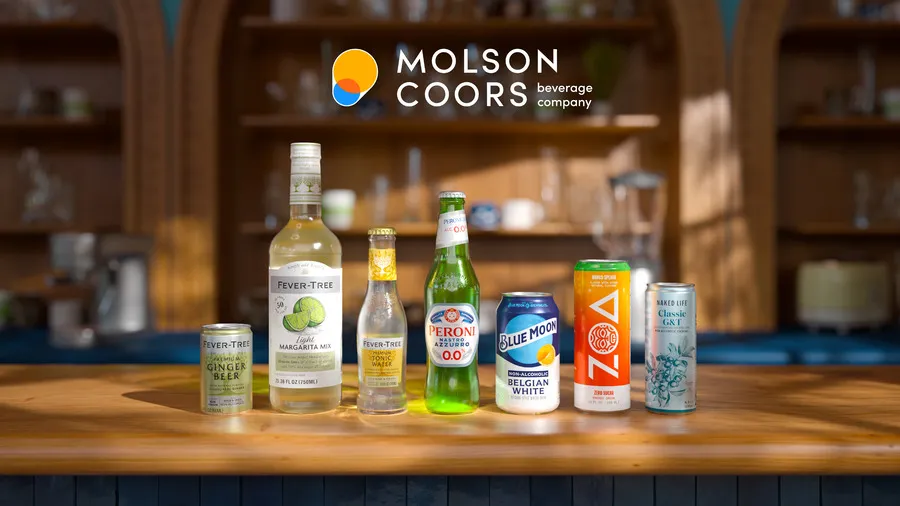
Looking beyond traditional beer
Major brewers are also diversifying their product portfolios in non-beer categories.
In recent months, Molson Coors bought a minority stake in Fever Tree cocktail mixers and acquired a majority of Zoa energy drinks. AB InBev also is leaning into energy drinks, with a product line scheduled to launch this summer in collaboration with sports and entertainment mogul Dana White.
Kissinger said while consumers are returning to the beer category at levels comparable to 2019, their consumption habits are changing as they drink less outside of their homes.
Following its recent growth, the nonalcoholic space is hoping to avoid the pitfalls plaguing the once-red-hot craft beer industry.
Craft beer, which saw tremendous growth in the early 2010s amid the rise of IPAs, has seen its success plateau due to an oversaturation of brewers, according to analysts. Kissinger noted that local breweries continue to drive the craft scene, with 86% of their economic value captured in the geographic area where they are produced.
The World Brewing Alliance CEO said the success of America’s craft beer industry has inspired other countries such as Mexico, Brazil, the UK and Germany to create their own respective local brewery scenes.
“We may hit a moment of macro growth slow down [for craft] in terms of the total beer segment, but I don’t think that diminishes the role of the sector or its opportunities in the future.”



